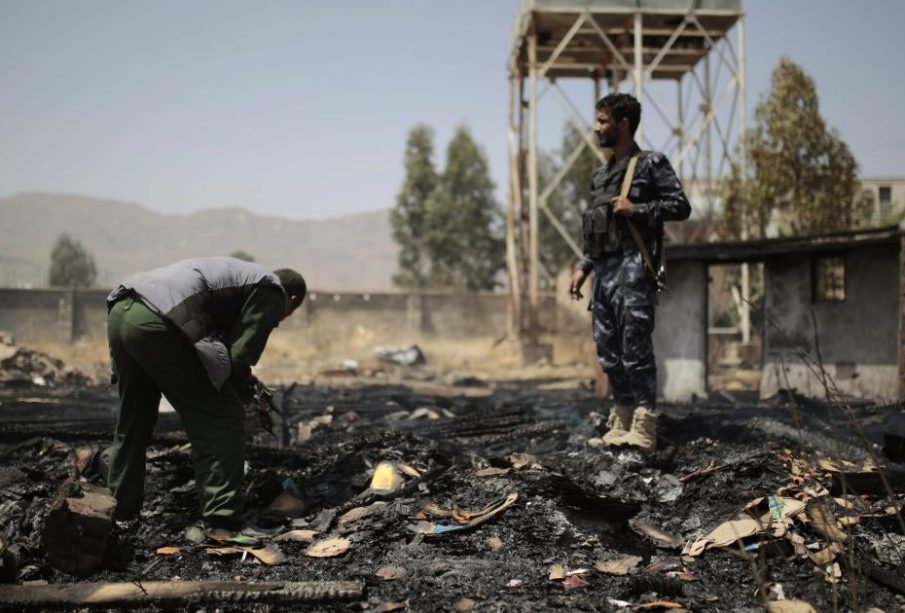Understanding the Humanitarian Crisis in Yemen

Introduction
The situation in Yemen has escalated into one of the worst humanitarian crises of our time, showcasing the dire consequences of prolonged conflict and instability. As the country grapples with war, famine, and disease, it is imperative for the global community to understand the ramifications of Yemen’s turmoil not only for the region but for international stability and security as well.
The Context of the Crisis
The conflict in Yemen began in earnest in 2014 when Houthi rebels seized control of the capital, Sana’a, leading to a civil war that has since involved regional powers, including Saudi Arabia and Iran. The loss of government control has led to a fragmented state, where violence has escalated and the infrastructure has been decimated, contributing significantly to the humanitarian crisis that now affects millions.
The Humanitarian Situation
According to the United Nations, approximately 24 million people in Yemen, which is around 80% of the population, are in need of humanitarian assistance. Food insecurity is rampant, with around 17 million people facing acute hunger and 5 million on the brink of famine. The ongoing conflict has also severely compromised access to healthcare, resulting in outbreaks of preventable diseases like cholera, which has affected over 4 million since the outbreak began in 2016.
International Response
The international response to the crisis in Yemen has been inadequate relative to the scale of the disaster. The UN has launched several appeals for funding to assist humanitarian efforts, but as of late 2023, funding shortfalls persist. Efforts to promote peace talks have also been hindered by the complex nature of the conflict. In April 2023, a renewed ceasefire agreement raised hopes of a resolution, yet violations have continued, and the population suffers. Aid organisations, including the Red Cross and various NGOs, continue to operate on the ground, but their capabilities are severely strained by both funding issues and security concerns.
Conclusion
The humanitarian crisis in Yemen is a reflection of both local and international failures, with far-reaching implications. The ongoing conflict poses a threat not only to regional stability but also to international peace efforts. Without immediate and concerted global action aimed at addressing both the humanitarian needs and the root causes of the conflict, Yemen’s situation is likely to worsen. The world must not turn a blind eye to the suffering in Yemen; now is the time for action.
